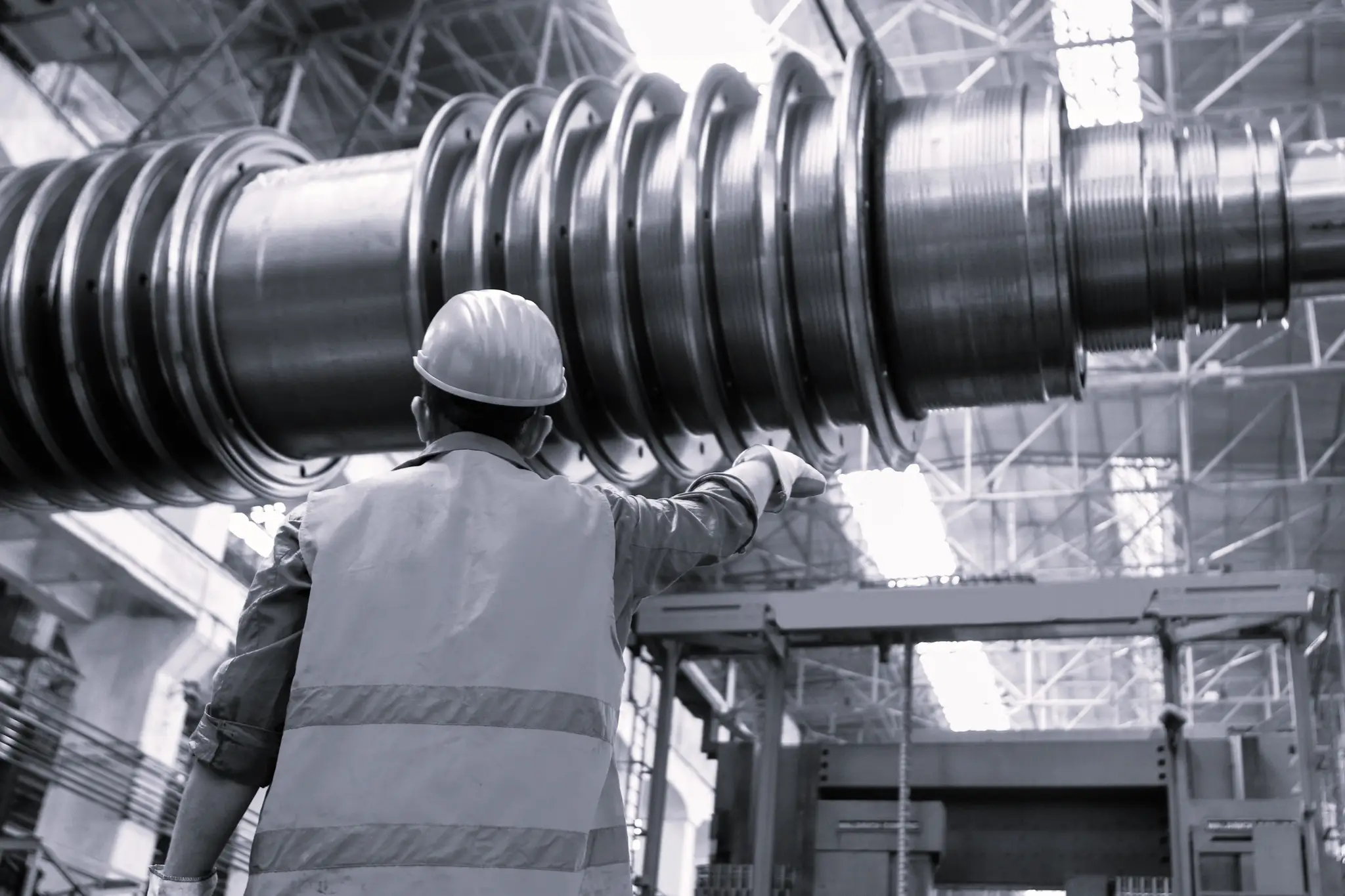Understanding the qualifying activities for R&D Tax Credits

In our last article, we covered some of the top industries that can benefit from R&D tax credits due to their activities and research to innovate and develop an element of their organisations. However, in this article, we want to take a deeper dive into what activities qualify for R&D tax credits within these industries so that you have a clearer understanding of what might apply to you and your business.
Stay tuned for all you need to know about the activities that can help you to maximise your R&D tax credits claim.
Engineering & Manufacturing
In the sectors of engineering and manufacturing, the paramount purpose of the role is to apply mathematic and scientific principles to solve problems along with researching, inventing or refining processes and much more. Whilst the aim of the project should be useful to the progress of a business component, it should also eradicate uncertainty. As an example, to discover the most ideal possible solution for a mechanical structure such as an innovative development method. It could also be an idea that saves on the costs of construction but is still fully functional and effective.
Modernisation and innovation are preeminent, and as the primary focus is to lower costs, it is also important that the projects are deemed valuable and convenient for both the business and the buyer.
The adaption of machinery to help increase efficiency or reduce the carbon footprint of the business, or the development of components for machinery to be more cost effective, can take time and costs however, as long as there is evidence of the money spent on the processes used for the research and development of these projects, this could be put forward as an R&D activity.
Architecture
There are several activities in the architecture sector that are dedicated to the improvement of a structure, or a business component and these activities could qualify as R&D. Obtaining a Leadership in Energy and Environmental Design (LEED) certification is a great achievement, and it shows that your organisation has conducted extraordinary research and development processes.
Recognising and evaluating different design alternatives could allow an enterprise to free up cash flow for future research and development projects while possibly permitting a simpler process of construction. Designing sustainable buildings have become a necessity due to net carbon zero becoming a notable movement within the architecture industry.
Food & Beverage
In the food and beverage industry, the wheels are always turning towards innovation, efficiency and sustainability. As there is an imperishable demand for healthier and more viable products and packaging, it is up to the business owners to research and develop ways to meet those demands and appeal to consumers.
R&D research can include the development or improvement of existing products. As an example, comprising the addition or amending vitamins or probiotics in foods and recipes to strengthen their health benefits such as less fats and sugars, stands as an R&D activity.Inclusivity is key in the food & beverage industry as it opens doors for a wider consumer base. Making room for the addition of gluten free and plant-based alternatives are eligible for R&D and could also be extremely lucrative.Revamping the packaging of your product for the purpose of a more sustainable process of transport, protecting your product from contamination and keeping it fresh, could result in potential space for cash flow. And can also be deemed as R&D activities.Although smaller than other activities but still highly effective, conducting research into the concept of a product, labelling designs or more sustainable packaging can also qualify as R&D activities along with introducing ways to reduce costs and save money without decreasing the quality of a product.Agriculture
Growth and expansion in greenhouse technology created through research and development has enhanced this rapidly evolving industry, so much so, that it is now valued at over £280 billion globally. Allowing the farming industry more efficiency than ever, these ground-breaking changes come at extensive costs that could qualify as R&D.
The development and improvement of new agricultural processes such as modern greenhouses, smart/automated farming and vertical farming are some methods of which research and development can be identified.
Smart automated farming is a method of farming that permits a much more efficient way of growing, packing and transporting harvests. This allows your business to create a smaller workforce which in turn, saves a substantial amount of money in the long run.
Vertical farming allows natural resources to be used in their highest form by including light, water and humidity which can save up to 70% of water, making it a more practical and sustainable process.
A major benefit of R&D tax credits is that it will provide your company with extra money that could help your business to flourish. You could expand your work force and production facilities and increase research and development.
If you are unsure whether your activities qualify as R&D, or you wish to talk to one of our specialists, our contact us today
Related Posts


Very nice info and straight to the point. I don’t know if this is really the
best place to ask but do you people have any thoughts on where to hire
some professional writers? Thx 🙂 Escape room lista
Very fantastic info can be found on weblog.!